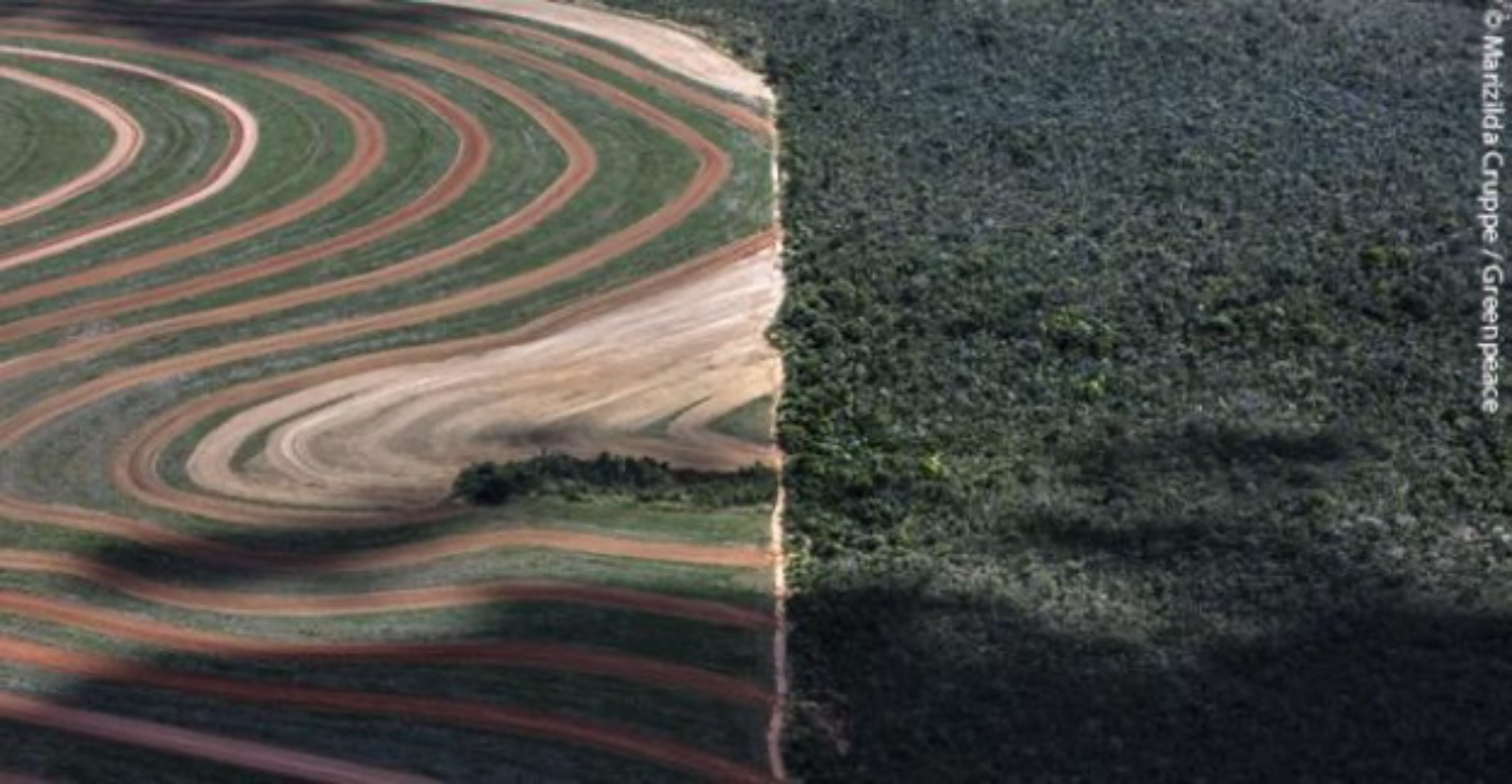In his investigative article “Pandemics: Humans Are the Culprits,” journalist John Vidal examines the link between environmental degradation and the emergence of infectious diseases. He argues that COVID-19 is one instance among many zoonoses—diseases that pass from animals to humans. Citing the 1998 Nipah virus outbreak in Malaysia, which killed 105 people, Vidal traces the transmission chain from fruit bats to pigs to humans. Disease ecologists connected the outbreak to catastrophic forest fires in Borneo in 1997, which forced bats to forage in agricultural areas. This ecological disruption facilitated the virus’s jump to humans. Vidal stresses that it is not the mere loss of biodiversity that drives new diseases but rather “the interactions between humans and biodiversity” (Vidal).
Challenging the assumption that richer biodiversity increases disease risk, Vidal cites studies suggesting the opposite: higher species diversity often correlates with fewer infections. When human activities—such as intensive agriculture—destabilize ecosystems, predator and competitor species decline, enabling zoonotic hosts like rodents and bats to proliferate. This increased human contact with disease vectors raises the likelihood of novel pathogens spreading. Vidal concludes that maintaining biodiversity and minimizing ecological disturbance are essential to preventing future pandemics. His analysis underscores the complexity of ecological systems and the public health stakes of human-environment interactions.
The article exemplifies how the pandemic can be narrated through structural, ecological, and systemic frames rather than as an isolated biomedical crisis. Its attention to causality, human agency, and environmental entanglement invites a broader understanding of COVID-19 as the product of long-standing disruptions in human-nature relations. By foregrounding these interdependencies, Vidal contributes to a form of pandemic storytelling that is investigative, evidence-based, and attuned to the global consequences of local interventions.

Image Captions:
Intensive agribusiness in northeast Brazil has driven large-scale deforestation of the Cerrado, one of the world’s most biodiverse tropical ecosystems. From John Vidal, “Pandemics: Humans Are the Culprits,” The UNESCO Courier, 1 July 2021.Citation: Vidal, John. “Pandemics: Humans Are the Culprits.” The UNESCO Courier, 1 July 2021, bit.ly/3vUrVu3. NON-FICTION, ONLINE ARTICLE | UK. sm/jb/ig
Source Type: Online Blog Posts
Country: UK
Date: 01-Jul-2021
Keywords: Environmental Degradation, Human–Biodiversity Interactions, Emerging Infectious Diseases, Epidemic Storytelling, Ecological Narratives, and Disease Narratives